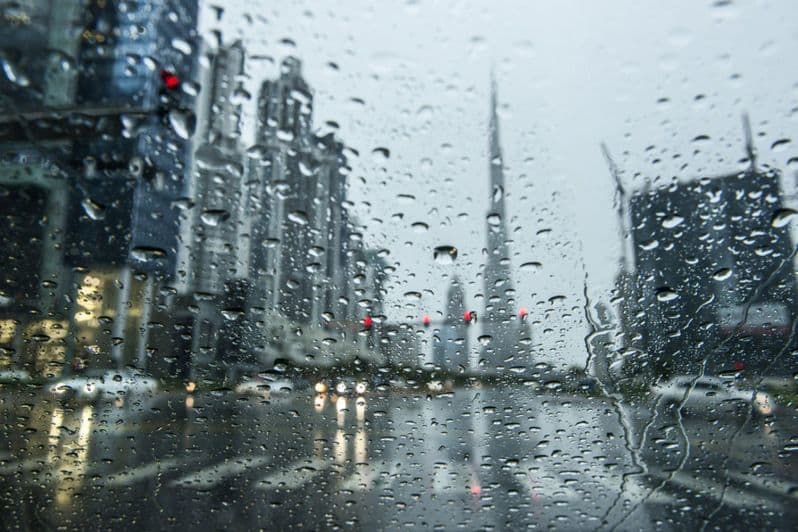Below Ground Stormwater Tank installations – RCC (Concrete) or Geocellular Plastic
Sunday 11th February 2018

Below ground stormwater tank construction in the Middle East is a well-advanced technology that dates back to before the 1980’s, with the majority of installations being RCC structures. However, not all installations have been considered from the perspective of whole-life costs, site suitability or structural ground conditions.
It is a fact that not all stormwater tank installations are located within suitable ground conditions, with many requiring ground improvement of the foundation base and calculations to establish the structural requirements to offset the loadings from the installation depth and ground cover as dictated by the design intent and specifications.
There are many applications for commercial/industrial constructed below ground RCC tanks, which are generally utilised to store many different types of liquids, but for the purpose of this blog we are specifically referencing tanks for the attenuation, storage or infiltration of storm surface water run-off.
Storm conditions and patterns in the region have seen a significant change over recent years and existing below ground storm surface water networks were not designed to deal with the excessive volumes of run-off that we are now seeing, which is now manifesting itself as network surcharging and localised flooding.
Local Authorities are now advocating that new project master plans and individual construction plots must consider suitable run-off rates as depicted in regional IDF curves or Local Authority dictates, which has increased the use of below ground tanks as the preferred solution for attenuation, storage or infiltration of storm surface water run-off.
Are geocellular solutions viable solutions for surface water runoff?
Now! The advent of modern technology and material development of geocellular plastic solutions means that there are now fully functional geocellular alternatives to RCC tank installations that are suitable for the Middle East region.
A recent study and cost analysis of geocellular versus concrete (RCC) attenuation tanks, produced by a large infrastructure consultancy in the region, advocates that there are significant savings to be had when a geocellular solution is utilised in place of the RCC consideration, but still there is scepticism within the industry.
Through the study it was determined that the estimated whole-life cost of a geocellular attenuation tank is typically 38%-40% the cost of a similar sized concrete (RCC) tank, which would suggest that the new technology is clearly worth investigating at the very least.
Pre-engineered goecellular (modular) systems are light and easily installed without heavy machinery, which can lead to significant time and cost savings in construction.
The geocellular market within the Middle East is growing at a significant rate with Local Authorities adopting robust specifications to address the structural requirements for below ground tank installations and the material testing criteria for the products specifically aligned to the local climatic conditions.
The Construction Industry Research and Information Association (CIRIA) is a world leading authority on industry issues, challenges and opportunities and provides a guidance document “Structural design of modular geocellular drainage tanks (C680)” which is now generally considered as the design guidance document of choice for the region by most Authorities.
So! Considering the above blog, is it time to step out of the past and adapt to new technology and the beneficial changes on offer?
Contact us today to discuss the transformative solutions for your project:
Tel: +971 (0) 4 518 3000
Email: middleeast@polypipe.com
